News
[Interview] Screenwriter Mark Bomback – War for the Planet of the Apes
Mankind moves closer to its demise in War for the Planet of the Apes, the third film in the Planet of the Apes reboot series. The architects of mankind’s destruction, and the continued rise of the apes toward global dominance, are director Matt Reeves and screenwriter Mark Bomback, whose collaboration began with 2014’s Dawn of the Planet of the Apes. For Bomback and Reeves, the challenge, and the excitement, of connecting the prequel series to the original 1968 film, isn’t based on the knowledge of what’s going to happen but rather the how and why.

In June, I had the chance to talk to Bomback about how he and Reeves constructed the screenplay for War for the Planet of the Apes and how this third prequel film fits into the overall Apes mythology.
DG: Mark, what were the key decisions that you and Matt made prior to the writing of this screenplay, in terms of the direction you wanted to take with this third film?
MB: Actually, before sitting down to write, Matt and I both agreed that nothing was off the table in terms of where the story could go. We knew, of course, that whatever the narrative was, it was going to center on Caesar and ideally set him on a path that takes him to places we’d yet to explore, but it would also continue his larger trajectory from accidental revolutionary to the leader of an entirely new civilization. We often say that these stories aren’t so much about where they’re ultimately going – we all know it’s called Planet of the Apes, not Planet of the Humans – but how they arrive there.
DG: How has the conflict between the apes and humans evolved between the end of the last film and the beginning of this film, and how have Caesar and the rest of the apes evolved?
MB: Well this new film is set two years after Dawn, and we quickly come to understand that in the interim the apes have been engaged in a near constant state of warfare. They’ve had to retreat to the woods and establish a new, clandestine home for themselves. The humans they’ve been fighting are relatively new arrivals to the world of our film, having been contacted at the end of the last film by Gary Oldman’s character. They’re much less ragtag than the human adversaries in Dawn – these are all military-trained men and women who have developed a kind of “kill or be killed” attitude toward the apes, who they insist on seeing as savage animals despite all evidence to the contrary. Under the leadership of The Colonel, to whom these soldiers have an almost cultish devotion, they believe themselves to be on a noble mission to save the human species. That kind of fervor can allow people to commit all sorts of atrocities in the name of doing what they believe is for the greater good.
In terms of the apes’ evolution, they’ve had to adapt to life during wartime, as I mentioned earlier. But they’ve also managed to evolve further as a species. You’ll find that Caesar has become even more articulate, and speech is peppered a little more into the ape community’s sign language. They’ve also continued to learn what it means to be parents and spouses and comrades-in-arms; I think you sense a lot more depth to all of their interactions.

DG: Mark, when I visited the set in December 2015, the footage of Caesar revealed to me that Caesar had lost his humanity. Question: How would you describe the state of Caesar’s relationship with humanity in this film, both his own humanity and the actual human race?
MB: Caesar’s internal struggle with his feelings toward humanity is one of the reasons we felt War was such an appropriate title for this film – Caesar is very much at war with himself. Remember, Caesar is the only ape who has a genuine love for humans, because of his history with characters like Will and Malcolm and Ellie in the previous films. When War begins, however, Caesar is already on the cusp of losing faith in humankind’s continued capacity for decency. The soldiers are just relentless. And soon events transpire that finally push Caesar to a place where he breaks with humanity once and for all. For the first time, he comes to understand what true hatred feels like, and it’s a terrifying journey for us to witness.
DG: Mark, while Dawn of the Planet of the Apes was a very contained, gritty film, War for the Planet of the Apes has been described as being an epic western film. Question: How would you describe the scale and tone of this film, and what were the notes and the themes that you wanted to inject into this story?
MB: The scale is certainly grander than in the previous films – far more epic than any film I’ve ever worked on, really. If Caesar is destined to become his people’s Moses, then we knew we should try to push the storytelling, the settings, and the ideas to a more mythic place. The trick was to make it feel connected to the last film tonally, but also move into a more sweeping, almost biblical direction. As for the theme, as I said earlier, the central theme in this film is the war within us all, the inevitable struggle between the drive for survival and the maintenance of one’s moral compass.
DG: Mark, how would you describe Woody Harrelson’s character, the Colonel, his mission, his point-of-view, and what kind of obstacle does he represent for Caesar in the film?
MB: Without giving too much away, I’ll say that the Colonel is in many ways the perfect foil for Caesar. He is someone who has grappled with the costs of war as well, and who has ultimately chosen to abandon his morality in order to prevent what he believes will be the extinction of his own species. He has evolved (or devolved) to a place where no action is deemed inexcusable if it means the survival of humankind. And Caesar comes to question if that sort of grim resolve is actually necessary to survive. Bottom line, there’s a bit of a “there but for grace of God goes Caesar” to the Colonel’s character.
DG: Mark, what does this third film represent within the prequel series, and what sets this film apart from the previous two films, and all of the other Apes films?
MB: That’s really a bit difficult to answer without treading into spoiler territory. I’ll simply say that this film marks a very significant step toward the world of the original 1968 Planet of the Apes film. What sets it apart, in my opinion, is the ambition of the storytelling, the even more incredible nuances of the performances – and of course the brilliance of the mo-cap work. The folks at Weta have truly outdone themselves this time around. It’s pretty astounding.
DG: What was the biggest challenge you faced in making this film, telling this story?
MB: The biggest challenge was ensuring that this film mark a significant step forward in every way. At the risk of sounding immodest, I really loved Dawn, as did Matt. We were keenly aware of certain things we wished we could have improved, but on the whole it succeeded in a way that makes me very proud. When we set down to figure out the narrative for War, Matt and I both agreed that if we weren’t totally confident that this was a better story than either of the two films that preceded it, then it wasn’t worth telling. The road to mediocrity is paved with three-quels that thought they could simply coast, and we were anxious to avoid that. We were determined to be as ambitious as possible, to entertain every crazy idea we had and really go for broke. I hope we’ve succeeded.
DG: Mark, as Alien: Covenant represented a major leap toward Alien, in terms of the Alien prequel series, what is the proximity between this film and the 1968 film, which is, theoretically, the ultimate destination?
MB: I’m afraid to answer that would be to spoil the film. Sorry!
DG: Mark, it’s been said that ending to this film would function as a satisfactory ending to the series, if the decision was made not to make more films. Question: Do you agree with this, and have you and Matt established a rough framework for more films, and if you were told that the next film, the fourth film in the prequel series, were, in fact, the last film, how excited, and prepared, would you be for the challenge of ending this series?
DG: Gosh, I don’t mean to sound coy, but I’m afraid I’m not totally comfortable answering that either or even speculating on exactly what the next film or films could or couldn’t accomplish. What I will say is that it’s an incredibly rich and inspiring world, and I’ve been really privileged to explore it over the course of these films thus far.
Listen to the 'Eye On Horror Podcast'

Movie Reviews
Panic Fest 2024 Review: ‘The Ceremony Is About To Begin’
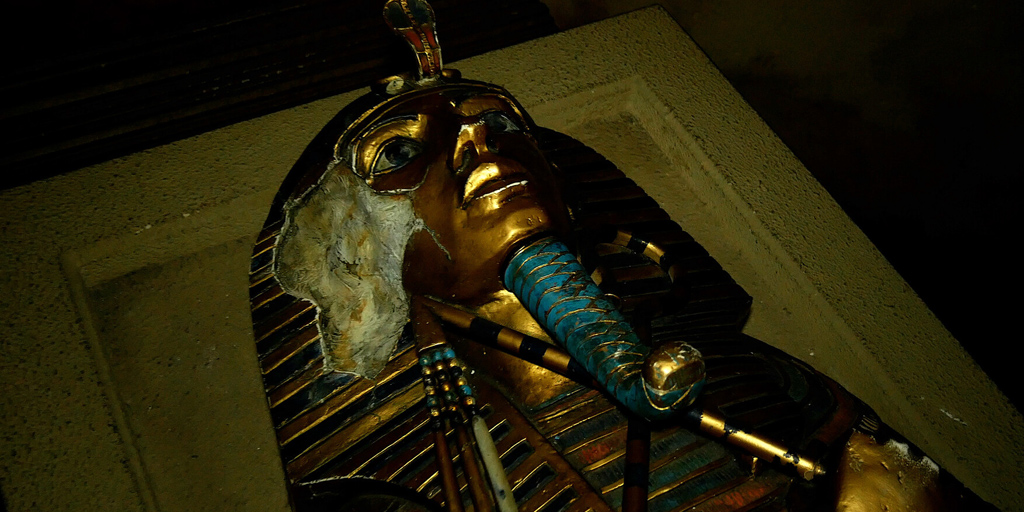
People will look for answers and belonging in the darkest places and the darkest people. The Osiris Collective is a commune predicated upon ancient Egyptian theology and was run by the mysterious Father Osiris. The group boasted dozens of members, each forgoing their old lives for one held in the Egyptian themed land owned by Osiris in Northern California. But the good times take a turn for the worst when in 2018, an upstart member of the collective named Anubis (Chad Westbrook Hinds) reports Osiris disappearing while mountain climbing and declaring himself the new leader. A schism ensued with many members leaving the cult under Anubis’ unhinged leadership. A documentary is being made by a young man named Keith (John Laird) whose fixation with The Osiris Collective stems from his girlfriend Maddy leaving him for the group several years ago. When Keith gets invited to document the commune by Anubis himself, he decides to investigate, only to get wrapped up in horrors he couldn’t even imagine…

The Ceremony Is About To Begin is the latest genre twisting horror film from Red Snow‘s Sean Nichols Lynch. This time tackling cultist horror along with a mockumentary style and the Egyptian mythology theme for the cherry on top. I was a big fan of Red Snow‘s subversiveness of the vampire romance sub-genre and was excited to see what this take would bring. While the movie has some interesting ideas and a decent tension between the meek Keith and the erratic Anubis, it just doesn’t exactly thread everything together in a succinct fashion.
The story begins with a true crime documentary style interviewing former members of The Osiris Collective and sets-up what led the cult to where it is now. This aspect of the storyline, especially Keith’s own personal interest in the cult, made it an interesting plotline. But aside from some clips later on, it doesn’t play as much a factor. The focus is largely on the dynamic between Anubis and Keith, which is toxic to put it lightly. Interestingly, Chad Westbrook Hinds and John Lairds are both credited as writers on The Ceremony Is About To Begin and definitely feel like they’re putting their all into these characters. Anubis is the very definition of a cult leader. Charismatic, philosophical, whimsical, and threateningly dangerous at the drop of a hat.
Yet strangely, the commune is deserted of all cult members. Creating a ghost town that only amps up the danger as Keith documents Anubis’ alleged utopia. A lot of the back and forth between them drags at times as they struggle for control and Anubis keeps continuing to convince Keith to stick around despite the threatening situation. This does lead to a pretty fun and bloody finale that fully leans into mummy horror.
Overall, despite meandering and having a bit of a slow pace, The ceremony Is About To Begin is a fairly entertaining cult, found footage, and mummy horror hybrid. If you want mummies, it delivers on mummies!

Listen to the 'Eye On Horror Podcast'
News
“Mickey Vs. Winnie”: Iconic Childhood Characters Collide in A Terrifying Versus Slasher

iHorror is diving deep into film production with a chilling new project that’s sure to redefine your childhood memories. We’re thrilled to introduce ‘Mickey vs. Winnie,’ a groundbreaking horror slasher directed by Glenn Douglas Packard. This isn’t just any horror slasher; it’s a visceral showdown between twisted versions of childhood favorites Mickey Mouse and Winnie-the-Pooh. ‘Mickey vs. Winnie’ brings together the now-public-domain characters from A. A. Milne’s ‘Winnie-the-Pooh’ books and Mickey Mouse from the 1920s ‘Steamboat Willie’ cartoon in a VS battle like never before seen.
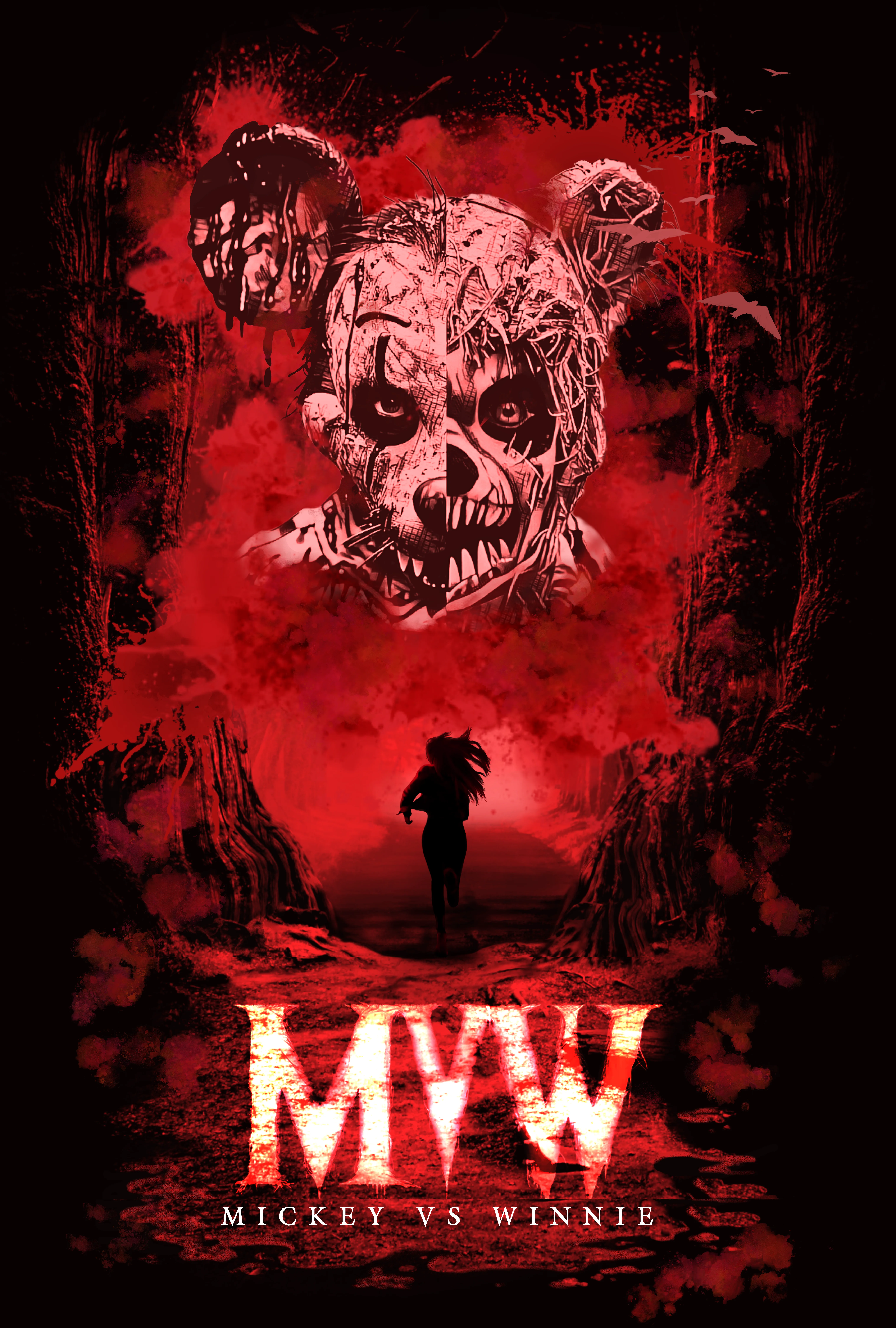
Set in the 1920s, the plot kicks off with a disturbing narrative about two convicts who escape into a cursed forest, only to be swallowed by its dark essence. Fast forward a hundred years, and the story picks up with a group of thrill-seeking friends whose nature getaway goes horribly wrong. They accidentally venture into the same cursed woods, finding themselves face-to-face with the now monstrous versions of Mickey and Winnie. What follows is a night filled with terror, as these beloved characters mutate into horrifying adversaries, unleashing a frenzy of violence and bloodshed.
Glenn Douglas Packard, an Emmy-nominated choreographer turned filmmaker known for his work on “Pitchfork,” brings a unique creative vision to this film. Packard describes “Mickey vs. Winnie” as a tribute to horror fans’ love for iconic crossovers, which often remain just a fantasy due to licensing restrictions. “Our film celebrates the thrill of combining legendary characters in unexpected ways, serving up a nightmarish yet exhilarating cinematic experience,” says Packard.
Produced by Packard and his creative partner Rachel Carter under the Untouchables Entertainment banner, and our very own Anthony Pernicka, founder of iHorror, “Mickey vs. Winnie” promises to deliver an entirely new take on these iconic figures. “Forget what you know about Mickey and Winnie,” Pernicka enthuses. “Our film portrays these characters not as mere masked figures but as transformed, live-action horrors that merge innocence with malevolence. The intense scenes crafted for this movie will change how you see these characters forever.”
Currently underway in Michigan, the production of “Mickey vs. Winnie” is a testament to pushing boundaries, which horror loves to do. As iHorror ventures into producing our own films, we’re excited to share this thrilling, terrifying journey with you, our loyal audience. Stay tuned for more updates as we continue to transform the familiar into the frightful in ways you’ve never imagined.
Listen to the 'Eye On Horror Podcast'
Movies
Mike Flanagan Comes Aboard To Assist in Completion of ‘Shelby Oaks’

If you have been following Chris Stuckmann on YouTube you are aware of the struggles he has had getting his horror movie Shelby Oaks finished. But there’s good news about the project today. Director Mike Flanagan (Ouija: Origin Of Evil, Doctor Sleep and The Haunting) is backing the film as a co-executive producer which might bring it much closer to being released. Flanagan is a part of the collective Intrepid Pictures which also includes Trevor Macy and Melinda Nishioka.
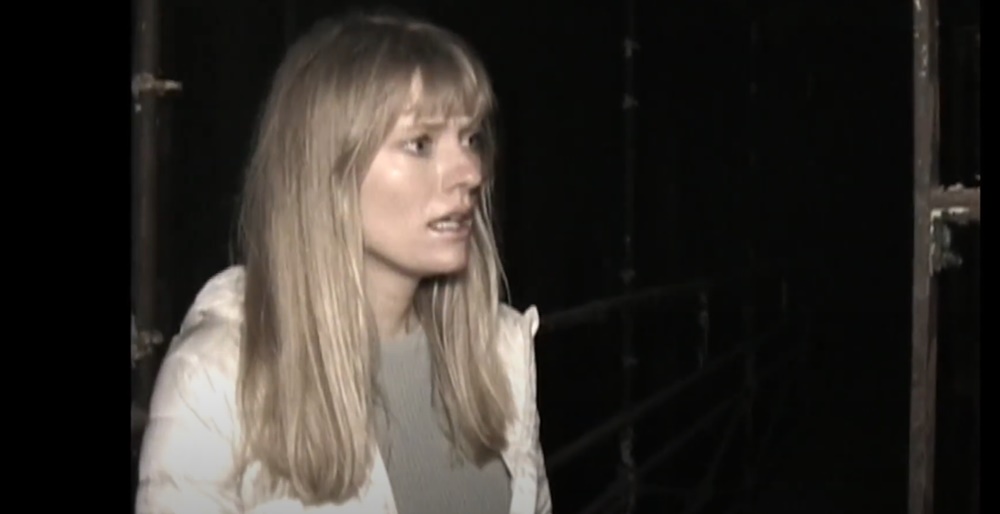
Stuckmann is a YouTube movie critic who’s been on the platform for over a decade. He came under some scrutiny for announcing on his channel two years ago that he would no longer be reviewing films negatively. However contrary to that statement, he did a non-review essay of the panned Madame Web recently saying, that studios strong-arm directors to make films just for the sake of keeping failing franchises alive. It seemed like a critique disguised as a discussion video.
But Stuckmann has his own movie to worry about. In one of Kickstarter’s most successful campaigns, he managed to raise over $1 million for his debut feature film Shelby Oaks which now sits in post-production.
Hopefully, with Flanagan and Intrepid’s help, the road to Shelby Oak’s completion is reaching its end.
“It’s been inspiring to watch Chris working toward his dreams over the past few years, and the tenacity and DIY spirit he displayed while bringing Shelby Oaks to life reminded me so much of my own journey over a decade ago,” Flanagan told Deadline. “It’s been an honor to walk a few steps with him on his path, and to offer support for Chris’ vision for his ambitious, unique movie. I can’t wait to see where he goes from here.”
Stuckmann says Intrepid Pictures has inspired him for years and, “it’s a dream come true to work with Mike and Trevor on my first feature.”
Producer Aaron B. Koontz of Paper Street Pictures has been working with Stuckmann since the beginning is also excited about the collaboration.
“For a film that had such a hard time getting going, it’s remarkable the doors that then opened to us,” said Koontz. “The success of our Kickstarter followed by the on-going leadership and guidance from Mike, Trevor, and Melinda is beyond anything I could have hoped for.”
Deadline describes the plot of Shelby Oaks as follows:
“A combination of documentary, found footage, and traditional film footage styles, Shelby Oaks centers on Mia’s (Camille Sullivan) frantic search for her sister, Riley, (Sarah Durn) who ominously disappeared in the last tape of her “Paranormal Paranoids” investigative series. As Mia’s obsession grows, she begins to suspect that the imaginary demon from Riley’s childhood may have been real.”
Listen to the 'Eye On Horror Podcast'
-

 Movies7 days ago
Movies7 days ago’28 Years Later’ Trilogy Taking Shape With Serious Star Power
-

 Movies6 days ago
Movies6 days ago‘Evil Dead’ Film Franchise Getting TWO New Installments
-

 News7 days ago
News7 days agoWin a Stay at The Lizzie Borden House From Spirit Halloween
-
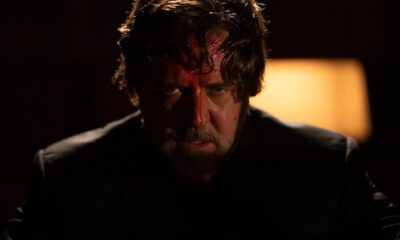
 Movies6 days ago
Movies6 days agoTrailer for ‘The Exorcism’ Has Russell Crowe Possessed
-
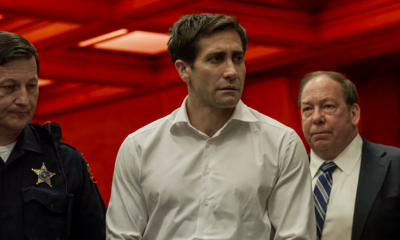
 News6 days ago
News6 days agoJake Gyllenhaal’s Thriller ‘Presumed Innocent’ Series Gets Early Release Date
-
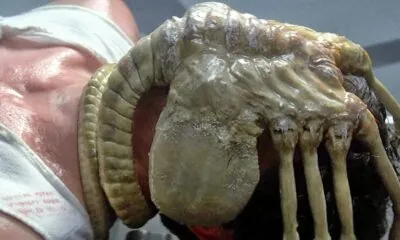
 Movies6 days ago
Movies6 days agoFede Alvarez Teases ‘Alien: Romulus’ With RC Facehugger
-

 Movies3 days ago
Movies3 days ago‘Late Night With the Devil’ Brings The Fire to Streaming
-

 Movies6 days ago
Movies6 days ago‘Invisible Man 2’ Is “Closer Than Its Ever Been” to Happening


















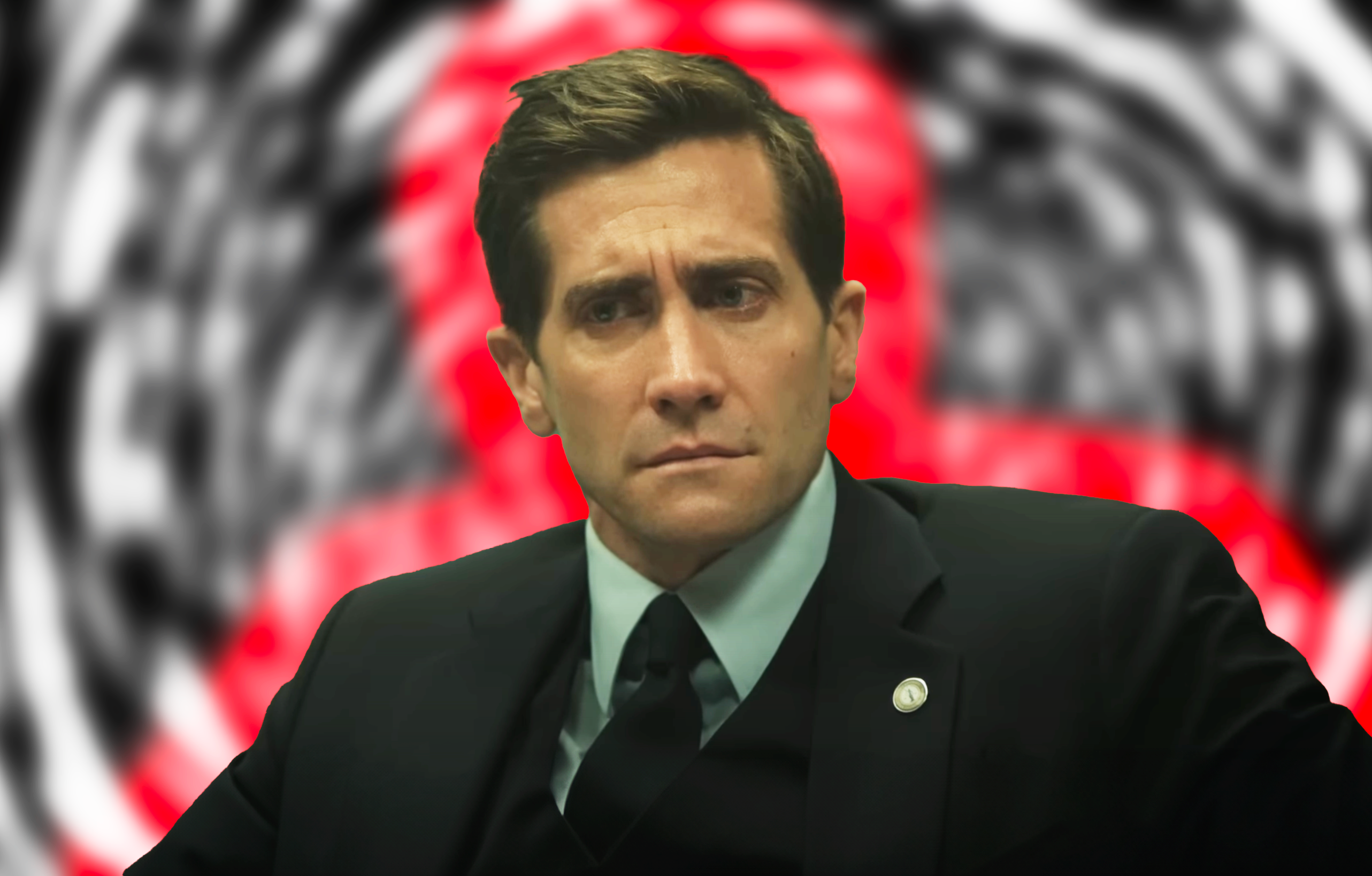







You must be logged in to post a comment Login